

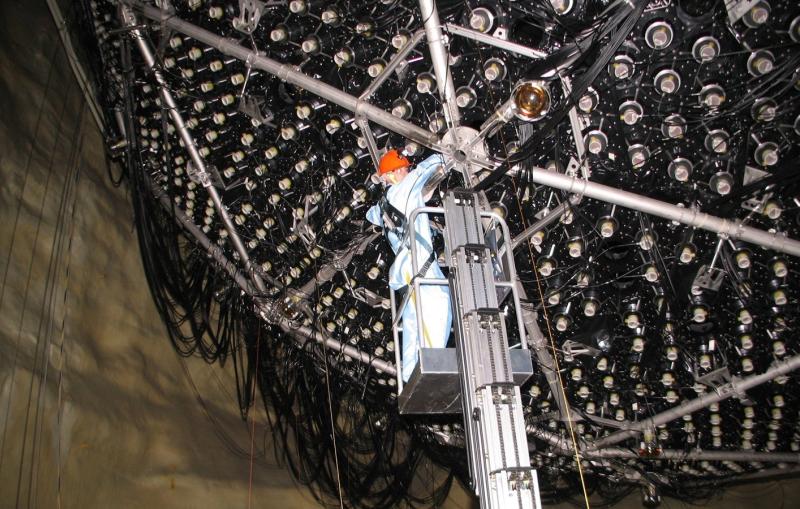

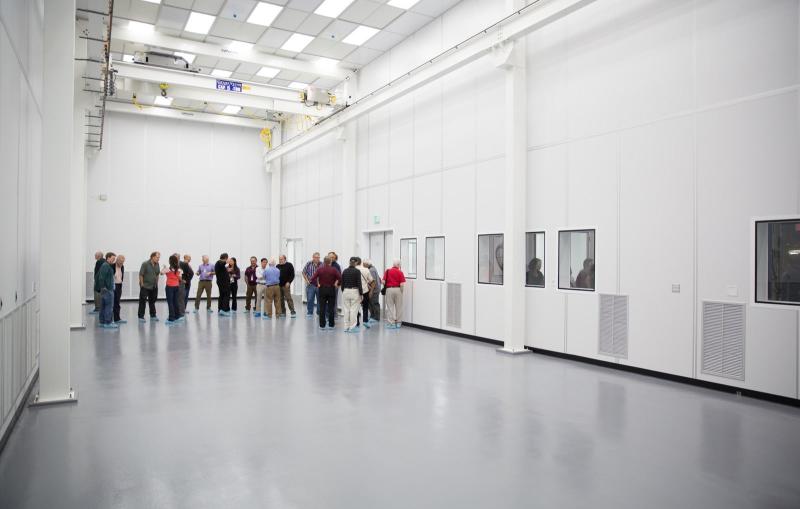
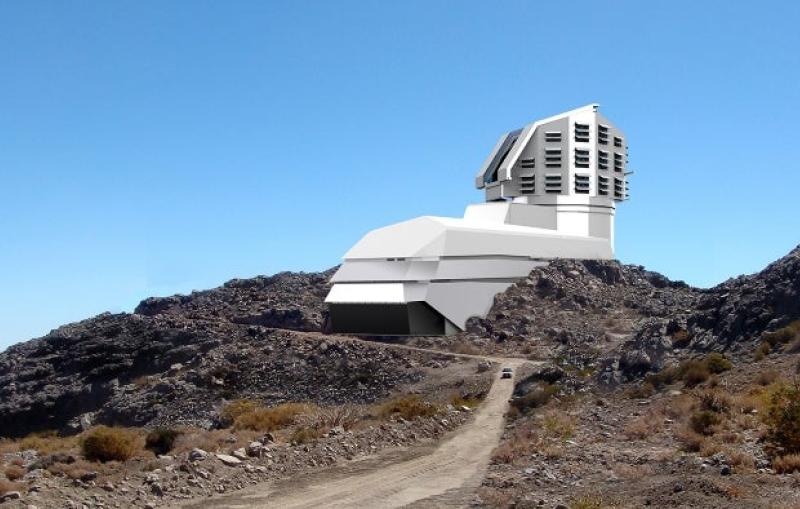
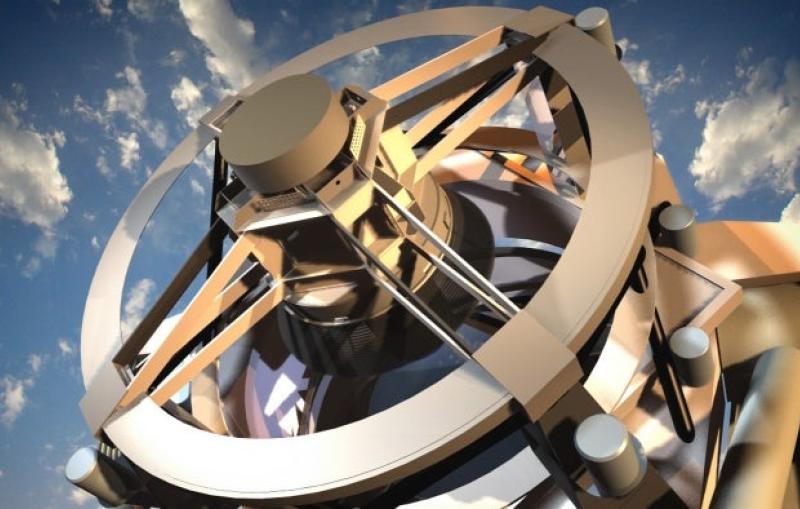
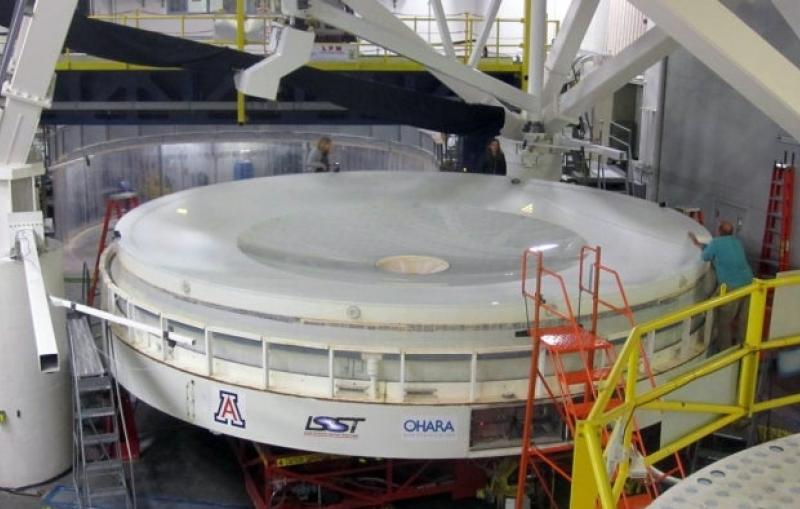
Rubin Observatory and the SLAC-built LSST Camera image the visible southern sky over and over for a decade, creating a vast archive of data that will advance our knowledge of dark energy and dark matter.
Related Link:
LSST Camera: World’s largest camera for astronomy







